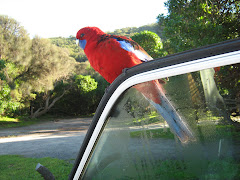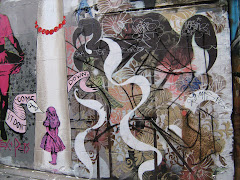
Zum Jahresende fragt man sich oft, was die letzten zwölf Monate ausgemacht hat, was das Wichtigste an ihnen war. Man fragt sich, ob man erfolgreich war, ob man gut gehandelt hat und ob Bedeutsames in Vergessenheit geraten ist. Aus den gewonnenen Erkenntnissen schließt man auf Vorsätze, was man im kommenden Jahr besser machen will.
Ist es albern, ein derartiges Rückbesinnen zeitlich an einem religiösen Fest zu orientieren, obwohl man längst den Glauben an die dahinter stehende Religion verloren hat? Sicher. Aber einen traditionellen Termin für eine Gedenkzeit zu haben, die man nicht so leicht vergisst – unbezahlbar (um es mit dem Slogan der einschlägigen Werbung zu sagen).
Highlights 2009
Das Schlaueste, was mir gesagt wurde:
Ärger macht man meistens nur sich selbst und diejenigen, gegen die sich der Ärger richtet, bleiben unbehelligt. Nicht umsonst heißt es sich ärgern.
Das Anregendste, was ich gelesen habe:
„Beim Philosophieren sollte man nicht versuchen, einen lächerlich unreifen, aber zugleich quälenden Gedanken zu verbannen und abzuurteilen, ohne ihm genügend Zeit einzuräumen und die bestmögliche Verteidigung zukommen zu lassen.“
Philippa Foot, Die Natur des Guten (Frankfurt a.M.: Suhrkamp, 2004) 15.
Das Schönste, was ich gesehen habe:
Massenweise Schmetterlinge an einem Spätsommernachmittag im Park und das angedeutete Lächeln eines zwei Tage alten Säuglings.
Das Unterhaltsamste, was ich gehört habe:
Die Kleingeldprinzessin live und solo.
Das Beste, was ich getan habe:
Die nie endende Anstrengung, jungen Menschen zu helfen, etwas zu lernen.







